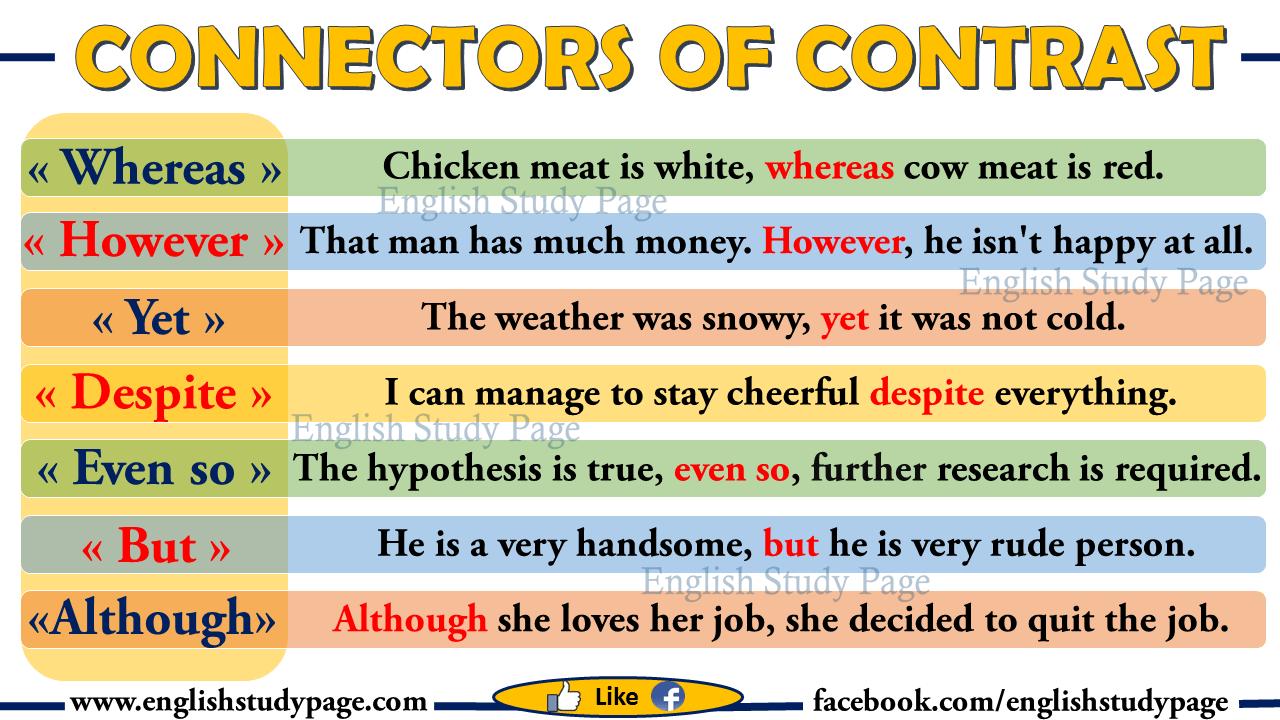
In British English, the word following a colon is not capitalized unless it is a proper noun or an acronym. Should you capitalize the word after a colon? My European football tour will consist of trips to Manchester, England Glasgow, Scotland Lille, France and Turin, Italy. Semicolons can also be used to separate items in a lengthy list or if the list contains additional punctuation that might trip up the reader. The semicolon here takes the place of a conjunction because the second part expands on the first part. I think I’ll go to the mall today I need new pants and a pair of shoes. Think of the semicolon as the colon’s cousin they serve a similar purpose but accomplish it in different ways.įor example, a semicolon can also be used to connect two independent clauses, but it acts as a conjunction rather than “as follows” or “including.” As we explained earlier, a colon essentially replaces these words, so using them before one would be redundant. Lastly, colons should not be used after “including,” “especially,” or other similar phrases. When I graduate, I want to go to Rome, Israel, and Egypt. To write this sentence correctly, the colon should be removed.

In this sentence, the colon separates the preposition “to” from its objects (“Rome,” “Israel,” and “Egypt”). When I graduate, I want to go to: Rome, Israel, and Egypt.

Putting the colon here separates the verb “are” from its subject complements (“cardiac,” “smooth,” and “skeletal”). The three types of muscle in the body are: cardiac, smooth, and skeletal. To illustrate, here is one of our sentences from above rewritten incorrectly. 5 NumbersĬolons are used to separate units of time and ratios.Ī colon can be used to separate a movie, book, or another piece of work’s title from its subtitle.Ĭolon-oscopy: The Best Punctuation Puns When not to use a colonĪ colon should not separate a noun from its verb, a verb from its object or subject complement, a preposition from its object, or a subject from its predicate. There is one big reason we don’t talk about Bruno: His premonitions frightened the family. He ended with the immortal words of Neil Young: “Rock and Roll can never die.” 4 ExamplesĪ writer may use colons to illustrate their point by providing certain examples.
CONNECTOR DEFINITION GRAMMAR MOVIE
The movie had everything I wanted: action and suspense. Taylor Swift has written a few songs about John Mayer: “Dear John,” “The Story of Us,” and “Would’ve, Could’ve, Should’ve.” 2 Nouns or noun phrasesĬolons can be used before a noun or a noun phrase. 1Ĭolons are most often used to introduce lists. There are many times when a colon might be used in your writing : Here are a few. We have two options here (and they are as follows): stay and fight, or run like the wind. One might silently read the above sentence in this way: We have two options here: stay and fight, or run like the wind. They can also be used to signal further clarification. There are three types of muscle in the body (and they are): cardiac, smooth, and skeletal.Ĭolons are often used with lists, as in the example above.

We might silently read the sentence this way. The colon in this sentence signals that you are about to learn the names of the three types of muscles the sentence already mentioned. There are three types of muscle in the body: cardiac, smooth, and skeletal. While you can also use a semicolon or a period between two independent-yet-related clauses, the colon is a little softer than the period, but a little harder than the semicolon. That is, whatever follows a colon should be connected to what came before it.Ī colon can be used to separate two independent clauses when the second clause is directly related to the first clause (not just vaguely related), or when the emphasis is on the second clause.

The rules for using a colon can change depending on how you use it, and we’ll explain how in a moment, but the two things it connects (be that a list or sentences) must be closely related. Grammarly helps you communicate confidently Write with Grammarly What is a colon?Ī colon is a punctuation mark that’s used to connect sentences, put emphasis on a word or phrase, or introduce a quote or explanation.


 0 kommentar(er)
0 kommentar(er)
